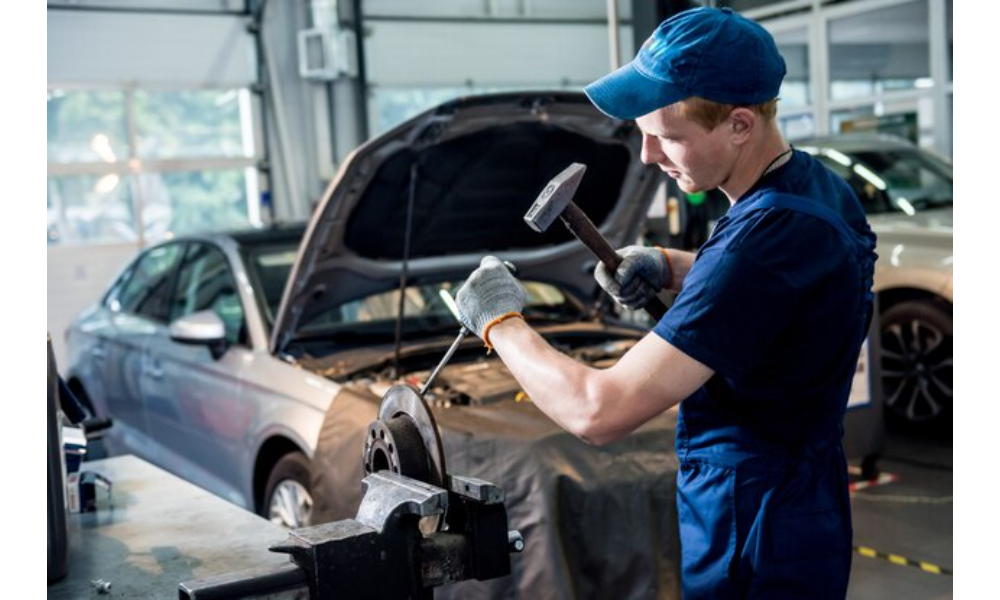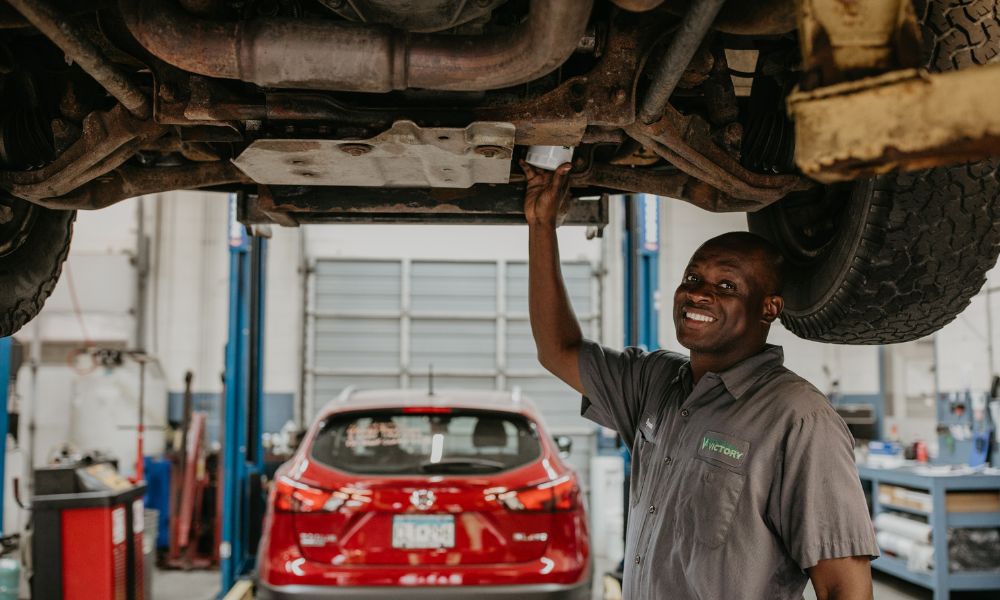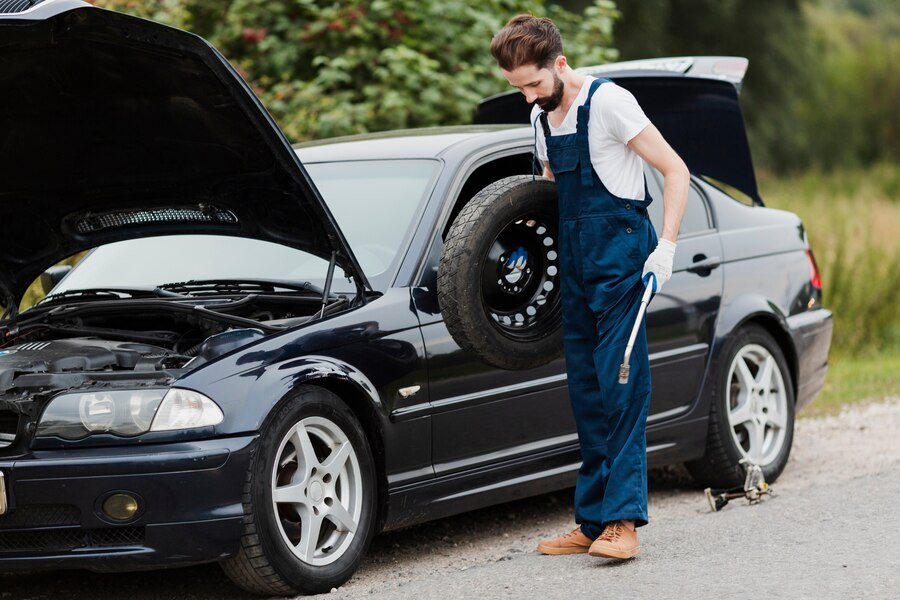When an accident occurs and your vehicle sustains damage, the process of auto collision repair can feel daunting and overwhelming. However, taking the time to properly prepare your car or truck for the repair process can help streamline the experience and ensure a smooth and efficient outcome. In this comprehensive guide, we’ll explore the key steps you should take to get your vehicle ready for auto collision repair.
Understanding the Auto Collision Repair Process
Before diving into the preparation steps, it’s essential to have a basic understanding of the auto collision repair process. When your vehicle is involved in an accident, the first step is to have it thoroughly inspected by a qualified auto collision repair specialist. This assessment will determine the extent of the damage and the necessary repairs.
Once the repair plan is established, the technicians will begin the process of restoring your vehicle to its pre-accident condition. This can involve a range of tasks, from minor dent and paint work to more extensive frame straightening, part replacement, and mechanical repairs.
Gathering Important Documents
One of the critical steps in preparing your vehicle for auto collision repair is to gather all the necessary documents. This includes your vehicle’s registration, insurance information, and any relevant repair history or maintenance records. Having these documents on hand can streamline the repair process and ensure a smoother interaction with your insurance provider and the auto collision repair shop.
Removing Personal Items
Before taking your vehicle to the repair shop, it’s important to remove any personal belongings or valuables from the interior and the trunk. This not only protects your property but also allows the technicians to have unobstructed access to the areas that require repair. Be sure to double-check all compartments, including the glove box, center console, and any hidden storage spaces.
Disabling the Alarm System
If your vehicle is equipped with an alarm system, make sure to disable it before dropping off your car or truck for auto collision repair. This will prevent any unexpected activation during the repair process, which could potentially interfere with the technicians’ work.
Communicating with Your Insurance Provider
In most cases, auto collision repair will involve working with your insurance provider to cover the costs of the necessary repairs. It’s important to contact your insurance company as soon as possible after the accident and provide them with all the relevant details. This will ensure a smooth claims process and help you understand your coverage and any deductibles or out-of-pocket expenses you may be responsible for.
Selecting a Reputable Auto Collision Repair Shop
Choosing the right auto collision repair shop is crucial to the success of your vehicle’s restoration. Look for a facility that employs experienced, certified technicians and uses high-quality parts and equipment. Additionally, consider the shop’s reputation, customer reviews, and any certifications or affiliations they may have.
Preparing for the Rental Car Experience
Depending on the extent of the repairs, you may need a rental car while your vehicle is in the shop. Make sure to inquire about the rental car options available through your insurance provider or the auto collision repair shop. This will allow you to plan ahead and ensure a seamless transition during the repair process.
Conclusion
By following these steps, you’ll be well on your way to a successful and stress-free auto collision repair experience. Remember, the key to a positive outcome is being proactive, organized, and communicative throughout the process. With the right preparation, you can get your vehicle back on the road in no time, fully restored, and ready to tackle the next adventure.





